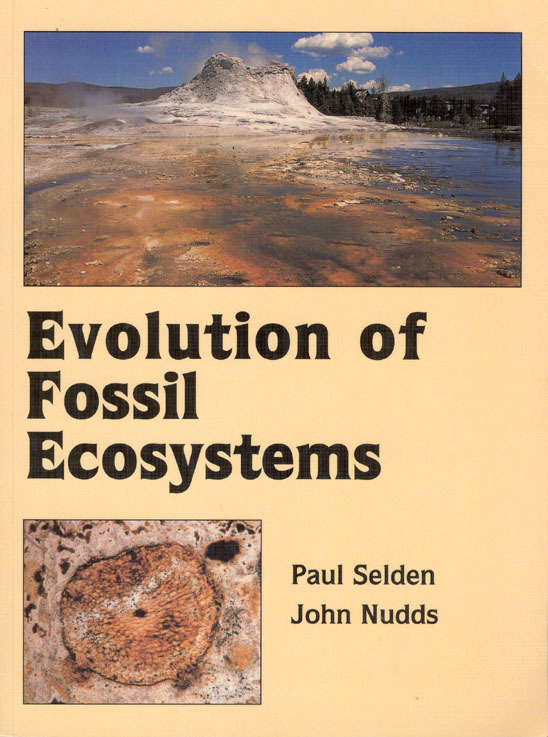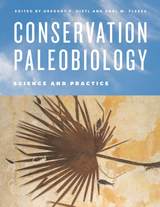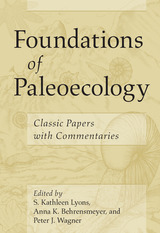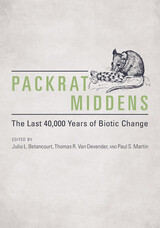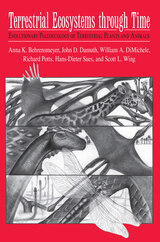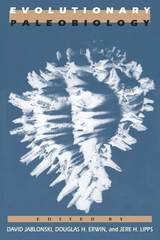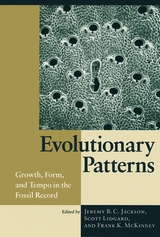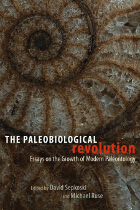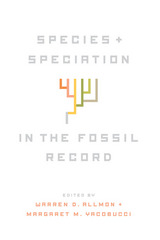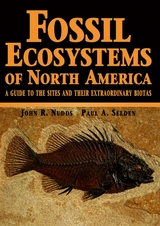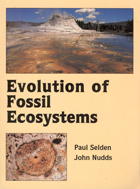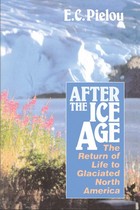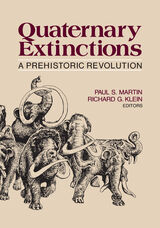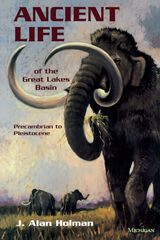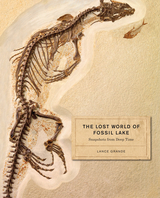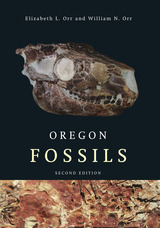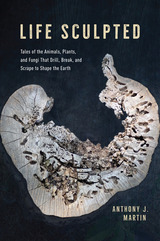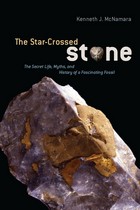Evolution of Fossil Ecosystems
University of Chicago Press, 2005
Paper: 978-0-226-74641-8
Library of Congress Classification QE721.2.E87S45 2004
Dewey Decimal Classification 560.45
Paper: 978-0-226-74641-8
Library of Congress Classification QE721.2.E87S45 2004
Dewey Decimal Classification 560.45
ABOUT THIS BOOK | AUTHOR BIOGRAPHY | TOC
ABOUT THIS BOOK
Major advances in our understanding of the history of life on Earth have been achieved through the study of exceptionally well-preserved fossil sites, known scientifically as fossil Lagerstätten. The examination of such sites provides a surprisingly complete picture of the evolution of ecosystems throughout the ages. In Evolution of Fossil Ecosystems, Paul A. Selden and John R. Nudds celebrate these unique and rare preserves of ancient ecosystems with succinct summaries of fourteen of the better-known fossil Lagerstätten—including the Ediacara in South Australia, the Hunsrück Slate in Germany, the Santana and Crato Formations in Brazil, and the La Brea Tar Pits in Los Angeles.
Beginning with a general introduction to fossil Lagerstätten, Evolution of Fossil Ecosystems goes on, chapter by chapter, to consider each fossil site, detailing its evolutionary position and significance; a brief history of the locality; its background sedimentology, stratigraphy, and paleoenvironment; its biota and paleoecology; and its commonalities with similar Lagerstätten. Considering deposits both marine and terrestrial, the book covers one fossil site from the Precambrian era, five sites from the Paleozoic era, five sites from the Mesozoic era, and three sites from the Cenozoic era.
Illustrated with hundreds of color photographs and drawings, Evolution of Fossil Ecosystems is a sophisticated yet accessible guide to these critical sites. Containing useful appendixes listing important museums, instructions on how to visit the fossil sites, and additional suggested reading, this book will attract students, academics, and professionals in paleontology, evolution, and the earth and life sciences, as well as dedicated amateurs interested in fossils and geology.
Beginning with a general introduction to fossil Lagerstätten, Evolution of Fossil Ecosystems goes on, chapter by chapter, to consider each fossil site, detailing its evolutionary position and significance; a brief history of the locality; its background sedimentology, stratigraphy, and paleoenvironment; its biota and paleoecology; and its commonalities with similar Lagerstätten. Considering deposits both marine and terrestrial, the book covers one fossil site from the Precambrian era, five sites from the Paleozoic era, five sites from the Mesozoic era, and three sites from the Cenozoic era.
Illustrated with hundreds of color photographs and drawings, Evolution of Fossil Ecosystems is a sophisticated yet accessible guide to these critical sites. Containing useful appendixes listing important museums, instructions on how to visit the fossil sites, and additional suggested reading, this book will attract students, academics, and professionals in paleontology, evolution, and the earth and life sciences, as well as dedicated amateurs interested in fossils and geology.
See other books on: Evolutionary paleoecology | Fossil Ecosystems | Fossils | Nudds, John R. | Selden, Paul A.
See other titles from University of Chicago Press
